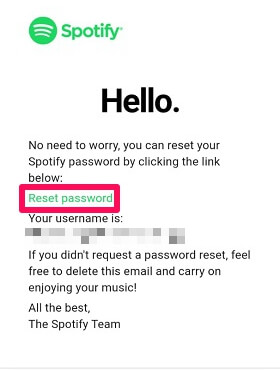

For example, your bank may have told you that they will never ask for your password.'
Check to see if the official source has already told you what they will never ask you. 
Don't use the links or contact details in the message you have been sent or given over the phone. Visit the official website, log in to your account, or phone their advertised phone number. "If you think a message or call might really be from an organisation you have an existing relationship with, like your bank, and you want to be sure:
Current events - Are you expecting to see a message like this? Criminals often exploit current news stories, big events or specific times of year (like tax reporting) to make their scam seem more relevant to you. Scarcity - Is the message offering something in short supply, like concert tickets, money or a cure for medical conditions? Fear of missing out on a good deal or opportunity can make you respond quickly. Emotion - Does the message make you panic, fearful, hopeful or curious? Criminals often use threatening language, make false claims of support, or tease you into wanting to find out more. Urgency - Are you told you have a limited time to respond (such as 'within 24 hours' or 'immediately')? Criminals often threaten you with fines or other negative consequences. Criminals often pretend to be important people or organisations to trick you into doing what they want. Authority - Is the message claiming to be from someone official? For example, your bank, doctor, a solicitor, or a government department. However, there are some tricks that criminals will use to try and get you to respond without thinking. 'Spotting scam messages and phone calls is becoming increasingly difficult. 
Here's what they say you can do to spot a suspicious message: When incidents do occur, the NCSC provide effective incident response to minimise harm to the UK, help with recovery, and learn lessons for the future. The National Cyber Security Centre support the most critical organisations in the UK, the wider public sector, industry, SMEs (small and medium enterprises) as well as the general public.







 0 kommentar(er)
0 kommentar(er)
